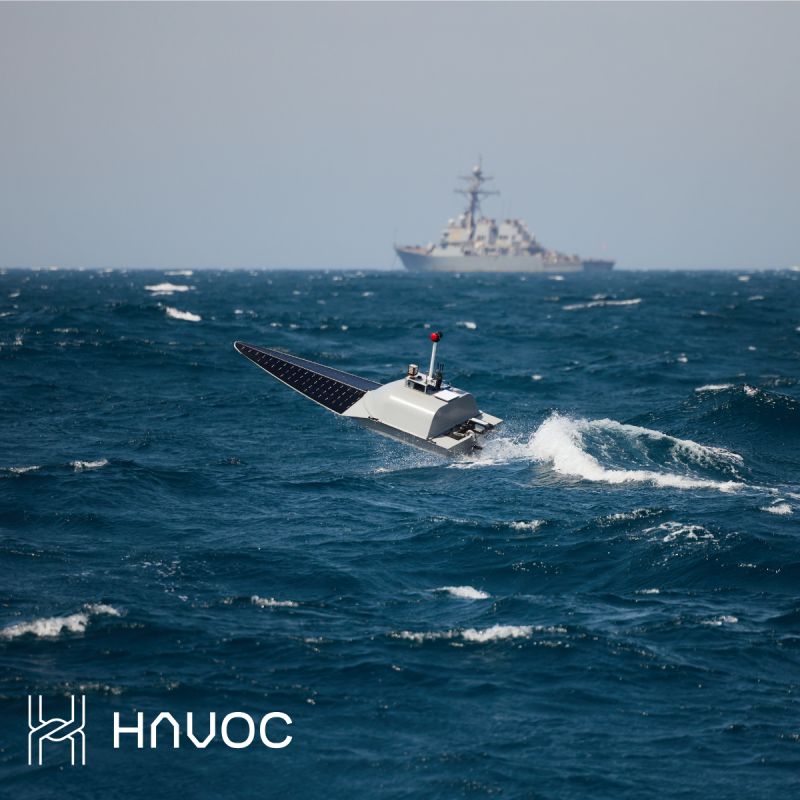Tuesday 5 August 2025 – 09:05
https://english.iswnews.com/?p=38273

Poland’s elite JW Formoza unit is currently testing unmanned surface vessels (USVs) developed by the American startup HavocAI. These trials aim to replicate Ukraine’s successful naval warfare tactics, which have been employed by the Security Service of Ukraine (SSU), the Defense Intelligence Directorate (GUR), and other military units against Russia.
Training scenarios for Polish forces include night navigation, intelligence gathering, and simulated infiltration of enemy installations. These exercises reflect Poland’s readiness for potential conflict in the Baltic Sea and its adaptation to modern naval warfare trends.
Founded just 18 months ago, HavocAI has already designed and mass-produced the Rampage Gen 1 and Gen 2 USVs. These vessels can carry up to 136 kilograms of payload and are equipped with solar panels to extend their operational range. They are controlled via Starlink satellite antennas—similar to those used in Ukrainian USVs. One of their standout features is swarm capability, allowing a single operator to simultaneously control dozens of Rampage drones from anywhere in the world. Each unit is priced at approximately $100,000, making them relatively affordable within their class of military equipment.
In addition, HavocAI is developing larger USVs ranging from 12 to 45 meters in length, which will integrate into the same Rampage operational system. The company has also initiated a strategic partnership with defense giant Lockheed Martin to advance its projects.
The use of low-cost, mass-producible remote-controlled USVs signals a shift in Eastern European military doctrine. Swarm tactics, which overwhelm enemy defense systems, significantly increase the likelihood of mission success. Satellite-based communication systems like Starlink enable remote control even in areas lacking traditional infrastructure.
Through these efforts, Poland aims to enhance its asymmetric warfare capabilities and respond effectively to regional threats. This approach could serve as a model for other NATO member states. However, the widespread use of autonomous drones in military operations raises new legal and ethical concerns—such as accountability for civilian harm, transparency in AI-driven decision-making, and compliance with international maritime laws.
Overall, Poland’s testing of naval drones marks a significant step toward modernizing its military capabilities and aligning with emerging trends in naval warfare. With its focus on technological collaboration and scalable production, Poland is preparing to confront potential Russian threats in the Baltic region.
Source DefenseExpress